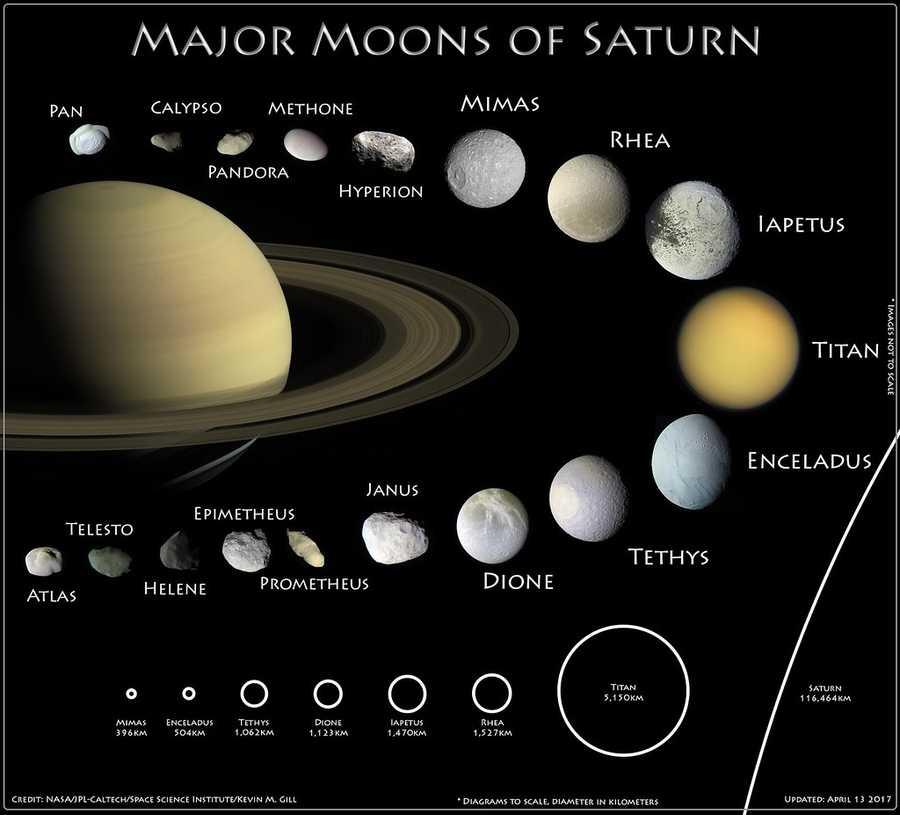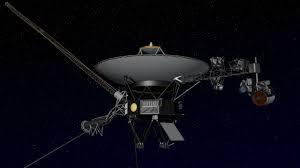Moons
With four large moons and many smallersm moons, Jupiter forms a kind of miniature solar system. Jupiter has 53 confirmed moons and 26 provisional moons awaiting confirmation of discovery. Moons are named after they are confirmed.
Jupiter's four largest moons—Io, Europa, Ganymede and Callisto—were first observed by the astronomer Galileo Galilei in 1610 using an early version of the telescope. These four moons are known today as the Galilean satellites, and they're some of the most fascinating destinations in our solar system. Io is the most volcanically active body in the solar system. Ganymede is the largest moon in the solar system (even bigger than the planet Mercury). Callisto’s very few small craters indicate a small degree of current surface activity. A liquid-water ocean with the ingredients for life may lie beneath the frozen crust of Europa, making it a tempting place to explore.
31
65 reads
CURATED FROM
IDEAS CURATED BY
I'm passionate about helping people live their best lives. I'm a lifestyle coach & burnout coach.
The idea is part of this collection:
Learn more about scienceandnature with this collection
How to practice effectively
The importance of consistency
How to immerse yourself in the language
Related collections
Similar ideas to Moons
Moons
Saturn is home to a vast array of intriguing and unique worlds. From the haze-shrouded surface of Titan to crater-riddled Phoebe, each of Saturn's moons tells another piece of the story surrounding the Saturn system.
Currently Saturn has 53 confirmed moons with 29 additional provisional mo...
Exploration
Nine spacecrafts have studied jupiter up close. NASA'S Juno spacecraft is currently studying the gas giant planet from orbit
The spacecraft, which arrived at Jupiter in July 2016, is the first to study the planet's mysterious, cloud-shrouded interior. Scientists also use the Earth-orbiting...
Voyager
Voyager 1 and Voyager 2 probes followed after the Pioneers.
- They made many important discoveries about Jupiter and Saturn.
- Discoveries include rings around Jupiter and volcanism on Jupiter's moon.
- Voyager made the first flybys of Uranus, where it discovered ten new ...
Read & Learn
20x Faster
without
deepstash
with
deepstash
with
deepstash
Personalized microlearning
—
100+ Learning Journeys
—
Access to 200,000+ ideas
—
Access to the mobile app
—
Unlimited idea saving
—
—
Unlimited history
—
—
Unlimited listening to ideas
—
—
Downloading & offline access
—
—
Supercharge your mind with one idea per day
Enter your email and spend 1 minute every day to learn something new.
I agree to receive email updates



